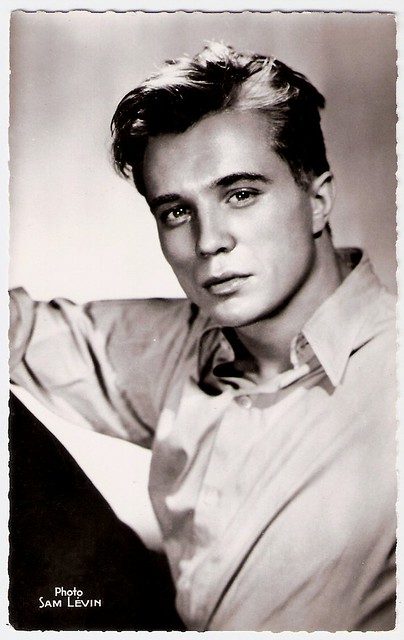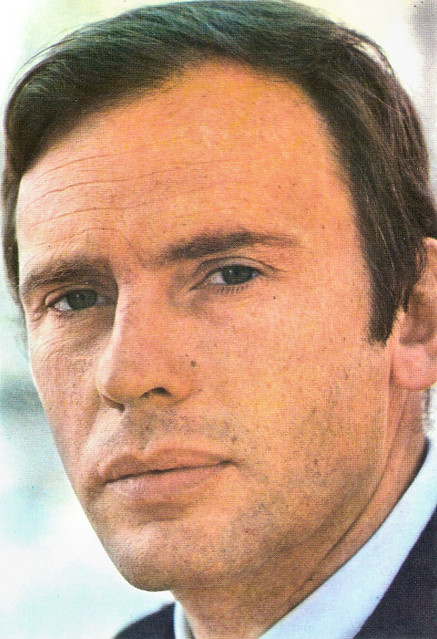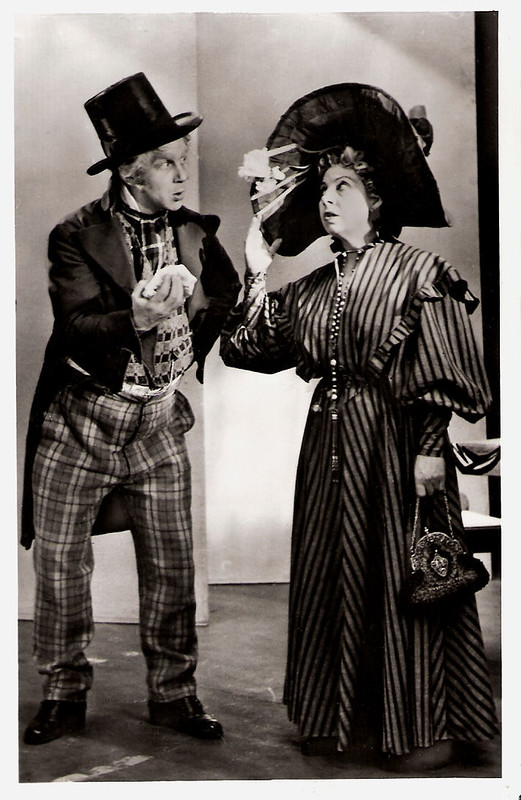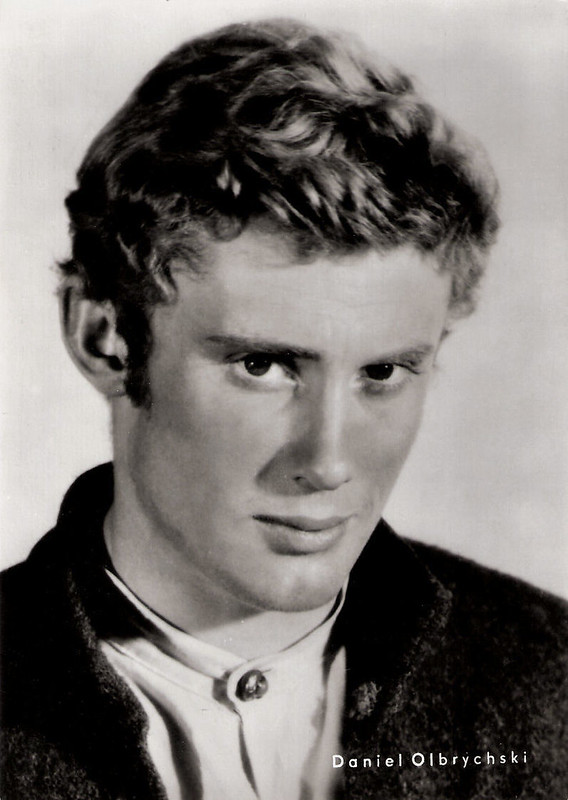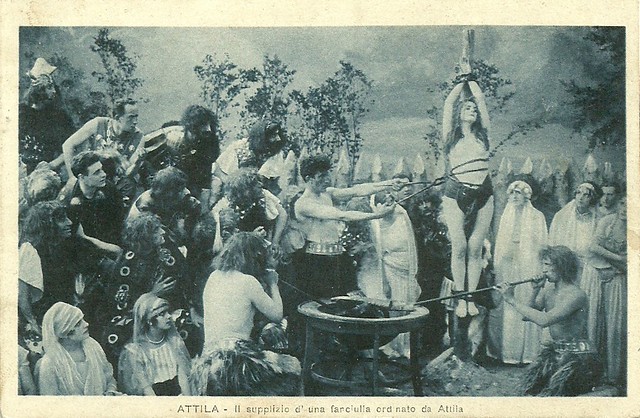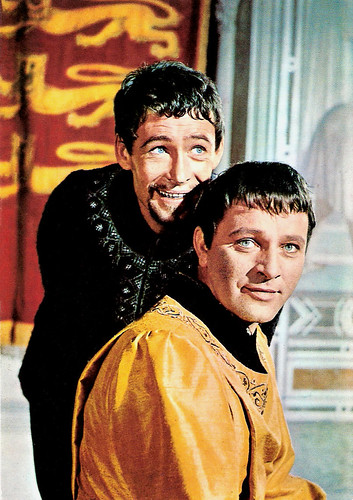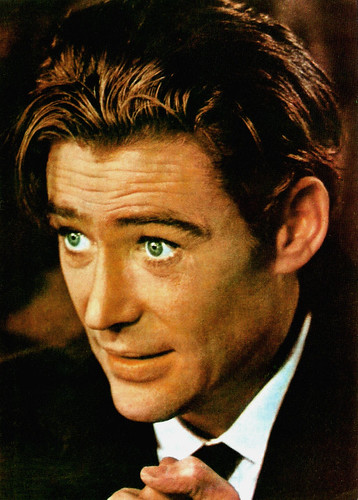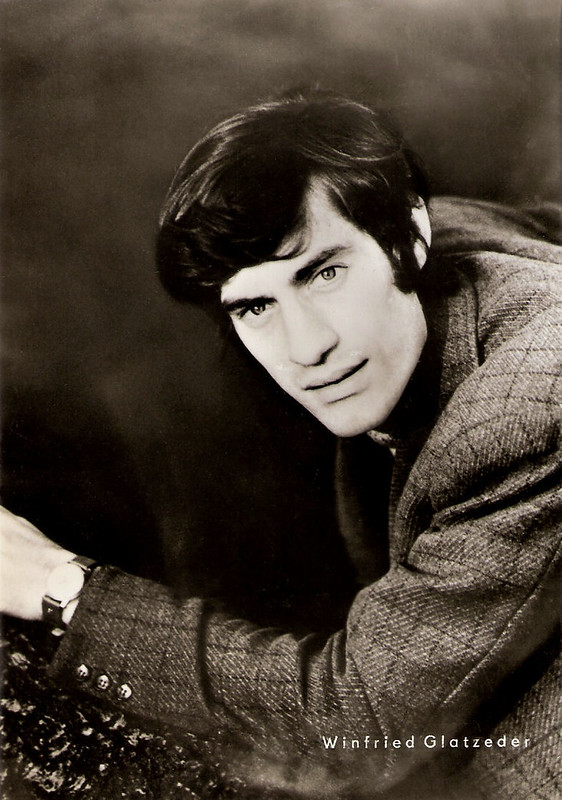Because of his brilliant puppet animations, Czech puppeteer and stop-motion film-maker Jiří Trnka (1912-1969) was called ‘the Walt Disney of Eastern Europe’. For Dobry vojak Svejk/The Good Soldier Svejk (1955), he adapted the classic anti-war satire Švejk by Jaroslav Hašek.
![Dobry vojak Svejk (The Good Soldier Svejk)]()
Czechoslovakian postcard by Czechoslovakian postcard by Tisk Severogravia Decin. Photo: still from the puppet animation film Dobry vojak Svejk/The Good Soldier Svejk (Jirî Trnka, 1955), based on Jaroslav Hasek's famous novel.
Jiří Trnka was born in the city of Pilsen, Austria-Hungary (now Plzeň, Czech Republic) in 1912. From the moment he could hold a pencil, Trnka drew pictures. At secondary school, his drawing teacher was the puppeteer and man of the theater Josef Skupa.
Trnka studied at Prague's School of Arts and Crafts, and in 1936 he began a wooden puppet theatre on Prague’s Wenceslas Square, which was disbanded after the outbreak of WWII.
During the war he designed stage sets and illustrated Špalíček veršů a pohádek, a collection of Czech rhymes and fairy tales by František Hrubín.
In the immediate wake of World War II, Trnka founded Bratři v triku (Brothers in Tricks) with fellow animators Eduard Hofman and Jiří Brdečka. This studio, dedicated to the production of traditional, hand-drawn animation, lives on today.
Their first film was Zasadil dědek řepu (Grandpa Planted a Beet), followed by the puppet film Christmassy Betlém (Bethlehem), which captures the atmosphere of a Czech folk Christmas.
In 1947, Trnka made the puppet film Špalíček (The Czech Year), which told six separate folk tales of Czech life. It was a defining moment for Trnka as he won several international awards three years running across Europe.
Puppet animation is a traditional Czech art form, of which Trnka became the undisputed master. Most of his films were intended for adults and many were adaptations of literary works. These included feature length covering working-class traditions and national heroes, such as Bajaja/Prince Bayaya (1950), and Staré povesti ceské/Old Czech Legends (1953).
They made him an internationally recognized artist and the winner of film festival awards at Venice and elsewhere. He was a puppet-maker, a sculptor, and a set and stage designer. All of these talents were abundantly well utilised in his highly distinctive film work.
![Dobry vojak Svejk (The Good Soldier Svejk)]()
Czechoslovakian postcard by Tisk Severogravia Decin, no. 10-521-O-11. Retail price: Kcs 1,20. Sent by mail in 1973. Photo: still from Dobry vojak Svejk/The Good Soldier Svejk (Jirî Trnka, 1955).
![Dobry vojak Svejk (The Good Soldier Svejk)]()
Czechoslovakian postcard by Tisk Severogravia Decin, no. 10-521-O-3. Photo: still from Dobry vojak Svejk/The Good Soldier Svejk (Jirî Trnka, 1955).
To explore the classics of Czech literature, Jiří Trnka decided in 1955 to adapt to the screen the immensely popular novel Osudy dobreho vojaka Svejka za svetove valky (The Good Soldier Švejk) written by Jaroslav Hašek. This anti-war satire is the most translated novel of Czech literature.
At the time, there already existed film adaptations with real actors, such as Dobrý voják Švejk/The Last Bohemian (Martin Frič, 1931), starring Saša Rašilov as Švejk. Trnka however was the first to make an animated film about the bumbling soldier who earnestly attempts to follow orders.
For the construction of the puppets, Trnka was inspired by the illustrations for the original book made by Josef Lada, which in the popular imagination were closely associated with the characters of Hašek.
Dobry vojak Svejk/The Good Soldier Svejk (Jirî Trnka, 1955) is divided into three episodes, which tell the grotesque adventures of Švejk during World War I. The narrator was Jan Werich. The humorous film received several awards at international festivals.
Trnka's masterpiece was Sen noci svatojánské/A Midsummer Night’s Dream (Jirî Trnka, 1959), which was presented in Cannes in 1959, which made him the icon of ‘Eastern country’ animators. Cerise Howard at Senses of Cinema: “a stunningly beautiful, highly faithful adaptation of Shakespeare’s play. Several years in the making, the puppet animation is more liquid, more balletic than ever.”
Trnka's last film, Ruka/The Hand (Jirî Trnka, 1965), was an unexpected and surprising break in his work thus far. It was something completely new in content and form. The Hand is a merciless political allegory, which strictly follows story outline without developing lyrical details as usual.
In 1968, he received the international Hans Christian Andersen Medal for illustrators, recognizing his career contribution to children's literature.
Jiri Trnka died in 1969 in Prague, only 57 years old. Four months later, The Hand was banned; all copies were confiscated by the secret police, put in a safe and the film was forbidden for screening for the next twenty years.
![Dobry vojak Svejk (The Good Soldier Svejk)]()
Czechoslovakian postcard by Tisk Severogravia Decin, no. 10-521-O-4. Photo: still from Dobry vojak Svejk/The Good Soldier Svejk (Jirî Trnka, 1955).
![Dobry vojak Svejk (The Good Soldier Svejk)]()
Czechoslovakian postcard by Tisk Severogravia Decin, no. 10-521-O-5. Photo: still from Dobry vojak Svejk/The Good Soldier Svejk (Jirî Trnka, 1955).
Sources: Cerise Howard (Senses of Cinema), Edgar Datko (Animation World Magazine), Daniel Yates (IMDb), Europe of Cultures,Dangerous Minds, Wikipedia and IMDb.

Czechoslovakian postcard by Czechoslovakian postcard by Tisk Severogravia Decin. Photo: still from the puppet animation film Dobry vojak Svejk/The Good Soldier Svejk (Jirî Trnka, 1955), based on Jaroslav Hasek's famous novel.
Brothers in Tricks
Jiří Trnka was born in the city of Pilsen, Austria-Hungary (now Plzeň, Czech Republic) in 1912. From the moment he could hold a pencil, Trnka drew pictures. At secondary school, his drawing teacher was the puppeteer and man of the theater Josef Skupa.
Trnka studied at Prague's School of Arts and Crafts, and in 1936 he began a wooden puppet theatre on Prague’s Wenceslas Square, which was disbanded after the outbreak of WWII.
During the war he designed stage sets and illustrated Špalíček veršů a pohádek, a collection of Czech rhymes and fairy tales by František Hrubín.
In the immediate wake of World War II, Trnka founded Bratři v triku (Brothers in Tricks) with fellow animators Eduard Hofman and Jiří Brdečka. This studio, dedicated to the production of traditional, hand-drawn animation, lives on today.
Their first film was Zasadil dědek řepu (Grandpa Planted a Beet), followed by the puppet film Christmassy Betlém (Bethlehem), which captures the atmosphere of a Czech folk Christmas.
In 1947, Trnka made the puppet film Špalíček (The Czech Year), which told six separate folk tales of Czech life. It was a defining moment for Trnka as he won several international awards three years running across Europe.
Puppet animation is a traditional Czech art form, of which Trnka became the undisputed master. Most of his films were intended for adults and many were adaptations of literary works. These included feature length covering working-class traditions and national heroes, such as Bajaja/Prince Bayaya (1950), and Staré povesti ceské/Old Czech Legends (1953).
They made him an internationally recognized artist and the winner of film festival awards at Venice and elsewhere. He was a puppet-maker, a sculptor, and a set and stage designer. All of these talents were abundantly well utilised in his highly distinctive film work.

Czechoslovakian postcard by Tisk Severogravia Decin, no. 10-521-O-11. Retail price: Kcs 1,20. Sent by mail in 1973. Photo: still from Dobry vojak Svejk/The Good Soldier Svejk (Jirî Trnka, 1955).

Czechoslovakian postcard by Tisk Severogravia Decin, no. 10-521-O-3. Photo: still from Dobry vojak Svejk/The Good Soldier Svejk (Jirî Trnka, 1955).
Ant-War Satire
To explore the classics of Czech literature, Jiří Trnka decided in 1955 to adapt to the screen the immensely popular novel Osudy dobreho vojaka Svejka za svetove valky (The Good Soldier Švejk) written by Jaroslav Hašek. This anti-war satire is the most translated novel of Czech literature.
At the time, there already existed film adaptations with real actors, such as Dobrý voják Švejk/The Last Bohemian (Martin Frič, 1931), starring Saša Rašilov as Švejk. Trnka however was the first to make an animated film about the bumbling soldier who earnestly attempts to follow orders.
For the construction of the puppets, Trnka was inspired by the illustrations for the original book made by Josef Lada, which in the popular imagination were closely associated with the characters of Hašek.
Dobry vojak Svejk/The Good Soldier Svejk (Jirî Trnka, 1955) is divided into three episodes, which tell the grotesque adventures of Švejk during World War I. The narrator was Jan Werich. The humorous film received several awards at international festivals.
Trnka's masterpiece was Sen noci svatojánské/A Midsummer Night’s Dream (Jirî Trnka, 1959), which was presented in Cannes in 1959, which made him the icon of ‘Eastern country’ animators. Cerise Howard at Senses of Cinema: “a stunningly beautiful, highly faithful adaptation of Shakespeare’s play. Several years in the making, the puppet animation is more liquid, more balletic than ever.”
Trnka's last film, Ruka/The Hand (Jirî Trnka, 1965), was an unexpected and surprising break in his work thus far. It was something completely new in content and form. The Hand is a merciless political allegory, which strictly follows story outline without developing lyrical details as usual.
In 1968, he received the international Hans Christian Andersen Medal for illustrators, recognizing his career contribution to children's literature.
Jiri Trnka died in 1969 in Prague, only 57 years old. Four months later, The Hand was banned; all copies were confiscated by the secret police, put in a safe and the film was forbidden for screening for the next twenty years.

Czechoslovakian postcard by Tisk Severogravia Decin, no. 10-521-O-4. Photo: still from Dobry vojak Svejk/The Good Soldier Svejk (Jirî Trnka, 1955).

Czechoslovakian postcard by Tisk Severogravia Decin, no. 10-521-O-5. Photo: still from Dobry vojak Svejk/The Good Soldier Svejk (Jirî Trnka, 1955).
Sources: Cerise Howard (Senses of Cinema), Edgar Datko (Animation World Magazine), Daniel Yates (IMDb), Europe of Cultures,Dangerous Minds, Wikipedia and IMDb.






















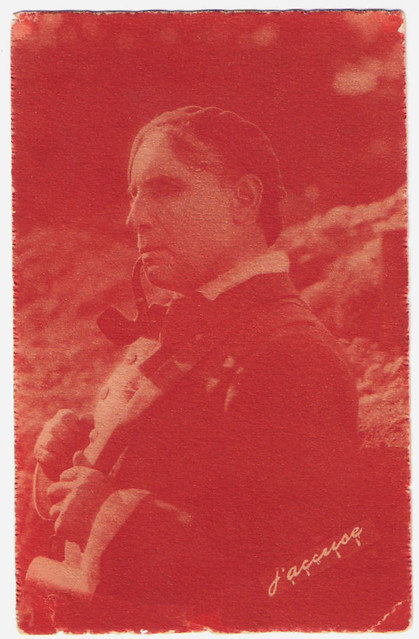

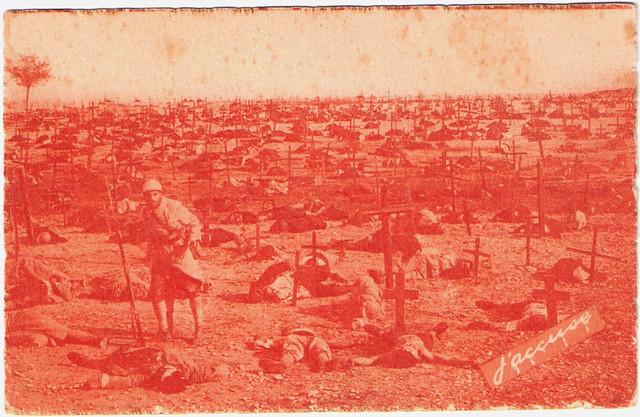
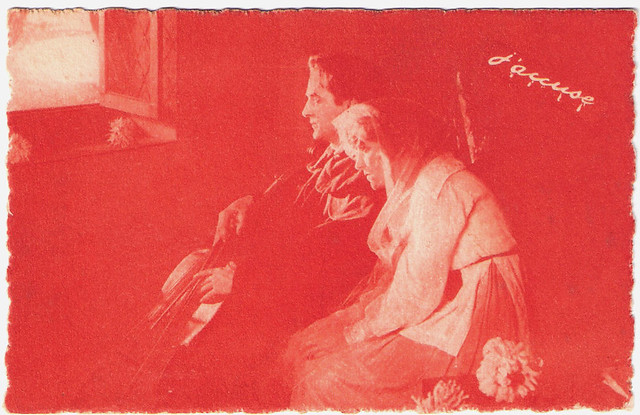









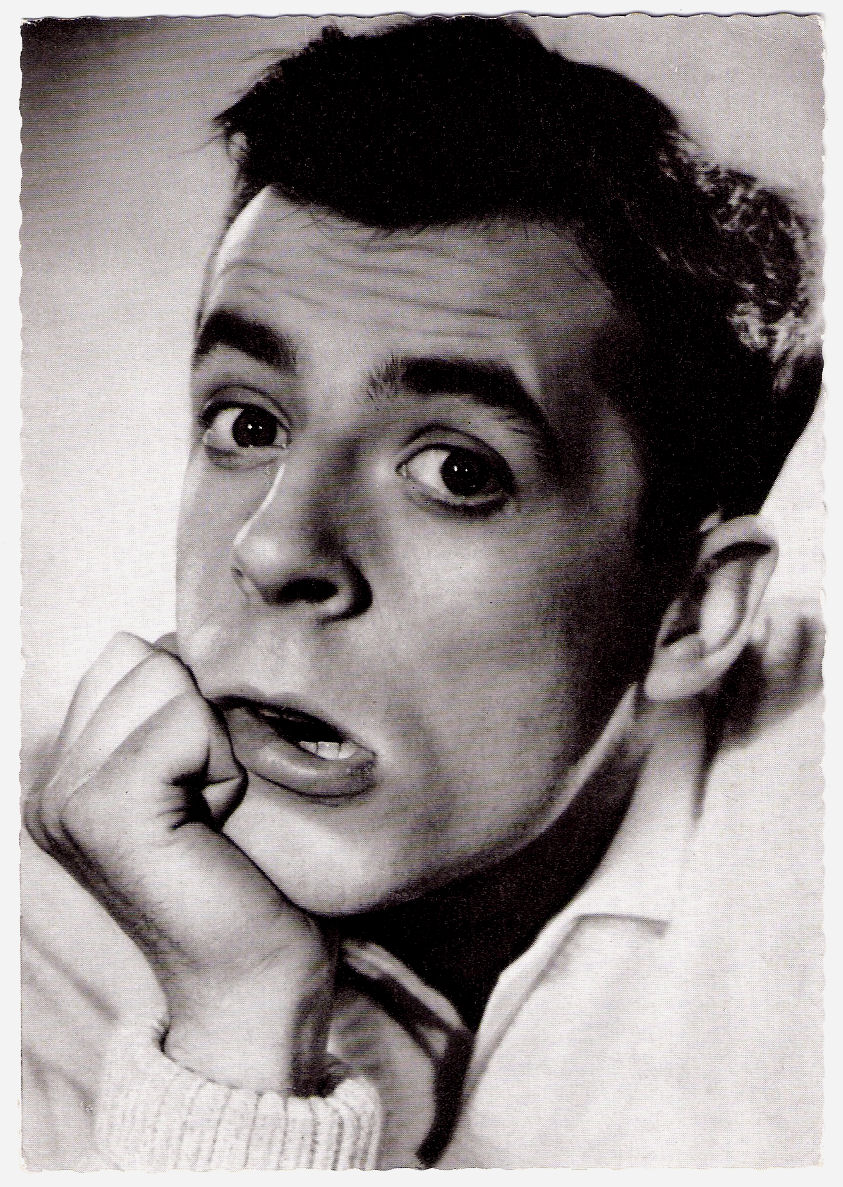



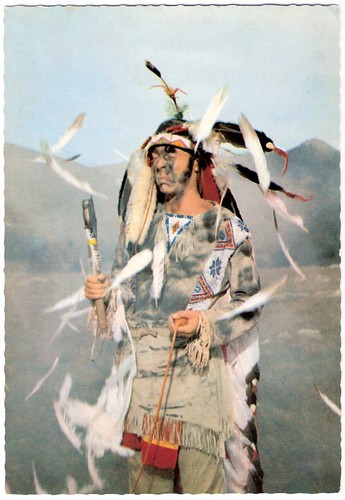





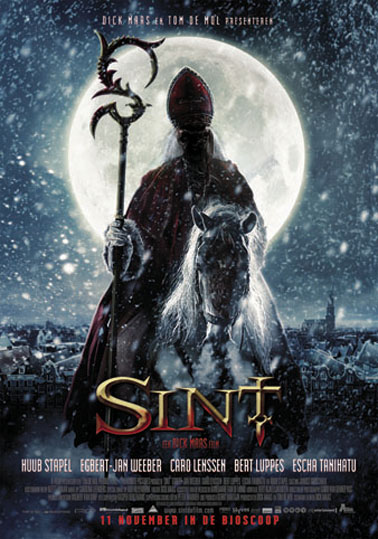
![You've Got to Believe [in Sinterklaas]](http://farm4.staticflickr.com/3277/2724705141_87eb562a69_z.jpg)


















































